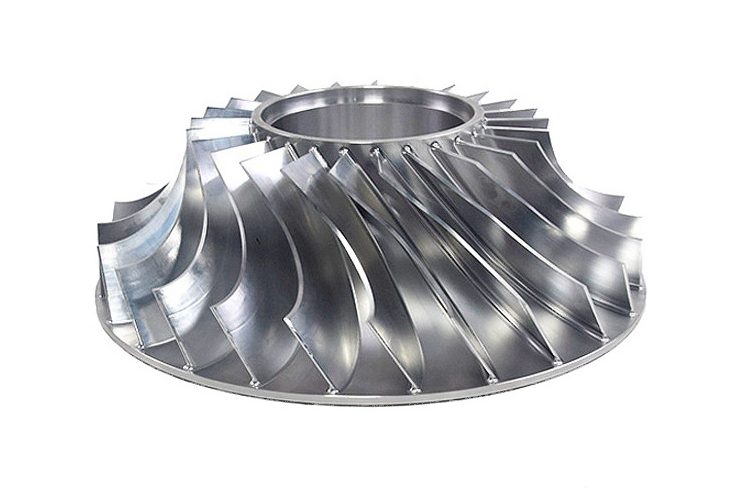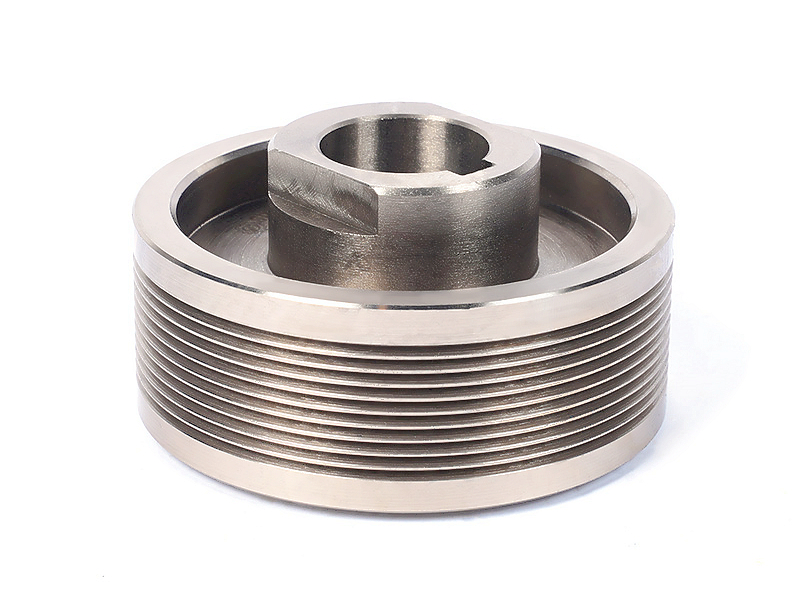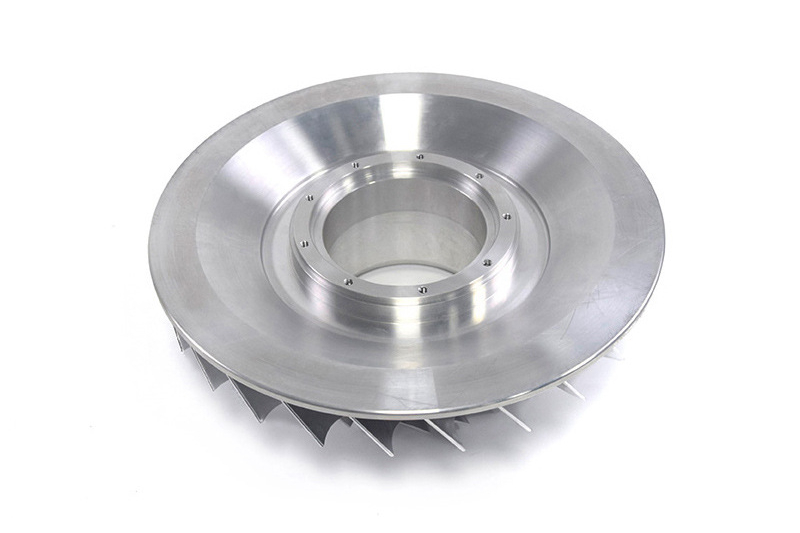Which surface treatments enhance titanium alloy component performance?
Surface treatment selection for titanium alloy components is a critical engineering decision that directly enhances performance in areas where the base material may be deficient, such as wear resistance, corrosion protection in specific environments, and fatigue life. The choice is dictated by the component's operational requirements, including load, temperature, chemical exposure, and tribological conditions.
Anodizing for Wear and Corrosion Resistance
Anodizing is an electrochemical process that grows a thick, stable oxide layer on the titanium surface. While titanium naturally forms a passive oxide, anodizing allows for controlled enhancement of this property. Type II anodizing primarily improves corrosion resistance and provides a base for adhesion in paint systems. More critically for performance, Type III (hard) anodizing creates a much thicker and harder ceramic layer, significantly enhancing abrasion resistance and reducing the galling and fretting wear that plagues untreated titanium in dynamic assemblies. This process is crucial for components such as hydraulic piston rods and rotating bearings in aerospace systems.
PVD Coatings for Extreme Surface Hardness
For applications demanding the highest levels of hardness and low friction, Physical Vapor Deposition (PVD) is the superior choice. PVD Coating for Precision CNC Parts involves depositing a thin, exceptionally hard ceramic film—such as Titanium Nitride (TiN) or Chromium Nitride (CrN)—onto the component surface. This process, performed in a vacuum at relatively low temperatures, preserves the titanium's base mechanical properties. The resulting surface can have a hardness exceeding 80 HRC, drastically reducing wear and coefficient of friction. This makes PVD ideal for cutting tools, molding inserts, and critical components in Automotive and Aerospace and Aviation applications where dimensional integrity under wear is paramount.
Thermal Spray Coatings for Thermal Barriers and Wear
In high-temperature environments, such as those found in turbine engines or exhaust systems, titanium's performance can be augmented with thermal spray coatings. Processes like Plasma Spray apply coatings of ceramics (e.g., Yttria-Stabilized Zirconia for Thermal Barrier Coating for CNC Components) or metallic alloys. These coatings create a thermal barrier, protecting the underlying titanium substrate from heat and preventing loss of strength and oxidation. Similarly, tungsten carbide-cobalt coatings can be applied via HVOF (High-Velocity Oxy-Fuel) to provide an extremely wear-resistant surface for components like landing gear journals or actuator screws.
Passivation for Optimized Corrosion Resistance
While titanium is highly corrosion-resistant, its surface can be contaminated with free iron or other particles during CNC Machining Service. Passivation is a critical chemical treatment that removes this embedded iron and promotes the formation of a uniform, stable passive oxide layer. This is a mandatory step for components in the Medical Device industry to ensure biocompatibility and prevent in-vivo corrosion, as well as for parts exposed to aggressive chemical environments.
Specialized Processes for Fatigue and Aesthetics
Other treatments serve more specialized roles. Electropolishing anodically dissolves the surface, removing micro-imperfections and stress concentrators left by machining. This results in a microscopically smoother surface that significantly improves fatigue life and corrosion resistance, which is crucial for cyclically loaded components like aircraft landing gear or orthopedic implants. For non-functional requirements, Sandblasting Process for CNC Components can create a uniform matte finish for aesthetic appeal or as a preparation step for subsequent coating adhesion.
Engineering Selection Guideline
The optimal surface treatment is a function of the primary performance deficit to be addressed:
For Wear/Galling: Hard Anodizing or PVD Coating.
For High-Temperature Oxidation: Thermal Barrier Coatings.
For Maximized Fatigue Life: Electropolishing.
For Chemical/Biocompatibility: Passivation.
For General Corrosion & Adhesion: Type II Anodizing.
Leveraging the expertise of a One Stop Service provider ensures that the machining, finishing, and quality validation are seamlessly integrated, guaranteeing the surface treatment performs as intended on the final component.



